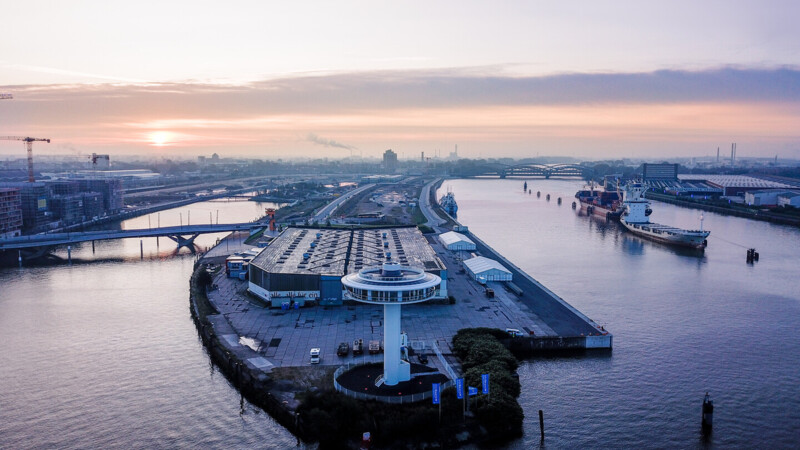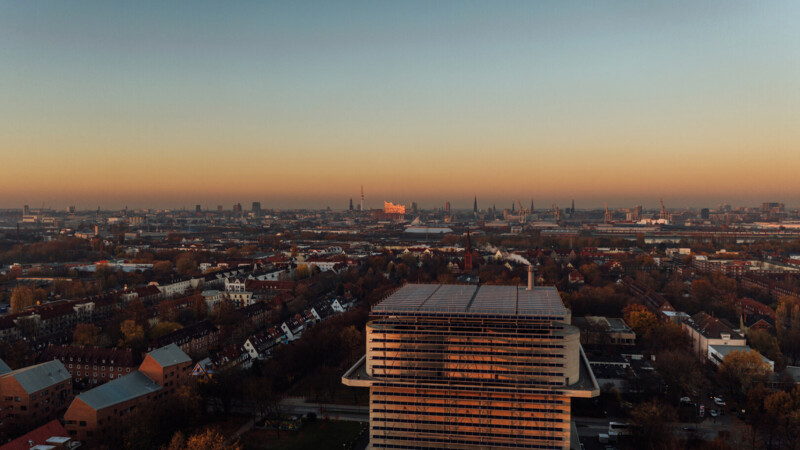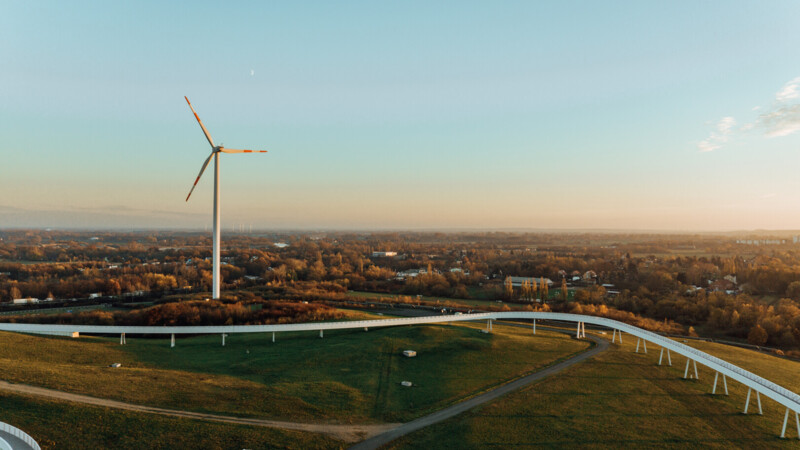"Hydrogen technology is making a key contribution to the energy transition in many areas," said Professor Dr Werner Beba, co-ordinator of the North German Reallabor and head of the Competence Centre for Renewable Energies and Energy Efficiency (CC4E). "Looking at the grids for electricity, gas and heat in an integrated manner is key to sector coupling and should raise efficient use of renewable energies." The "Integrated Grid Planning" project is one of the main links to other projects in the North German Reallabor. Work therein could result in a co-ordinated roadmap for transforming Hamburg's energy grids by 2050.
NRL launches integrated network planning for electricity, gas and heat
Germany’s Minister of Economics Peter Altmaier recently approved (April 15, 2021) funding for Hamburg’s “Integrated Network Planning" (INEP) in the Norddeutsches Reallabor (NRL). Gasnetz Hamburg, Stromnetz Hamburg and Wärme Hamburg and three universities will receive around EUR 480,000 until 2025 to form a basis for integrated network planning of the electricity, gas and heat grids. Hamburg Energie and Wärme Hamburg are to merge on January 1, 2022, the senate announced Saturday (April 17, 2021). The new company will offer electricity, gas and heating solutions for private and business customers from a single source in future. Hydrogen produced from renewable electricity by means of electrolysis is one of the main aspects of the INEP project. The overarching goal of the "North German Reallabor" (NRL) is to achieve climate-neutral, efficient energy supply in the industrial, household and transport sectors in a bid to transition energy.
Transforming Hamburg's energy grids by 2050
Urban energy network operators to work with universities
During the first two years of the project, three urban energy operators and scientists at the Technical University of Hamburg, the Helmut Schmidt University of Hamburg and the Technical University of Lübeck will define a method and draft the planning environment. The draft of the roadmap, computing tools and manuals will be developed from 2022 to 2024. The partners will use the roadmap and tools and to document the results from 2025.
Real laboratory for climate-neutral energy supply
The energy flows in all three grids are to be co-ordinated to integrate sector coupling technologies such as power-to-gas and power-to-heat efficiently at the interfaces. This opens up entirely new means of controlling the various energy sources efficiently and with optimum benefits for the climate and limiting grid expansion.
sb/pb
Sources and further information
More
Similar articles

Hamburg's hydrogen network to grow by 15 kilometres

Hamburg to become European green hydrogen city

Joint NEW 4.0 project - a blueprint for energy transition?
